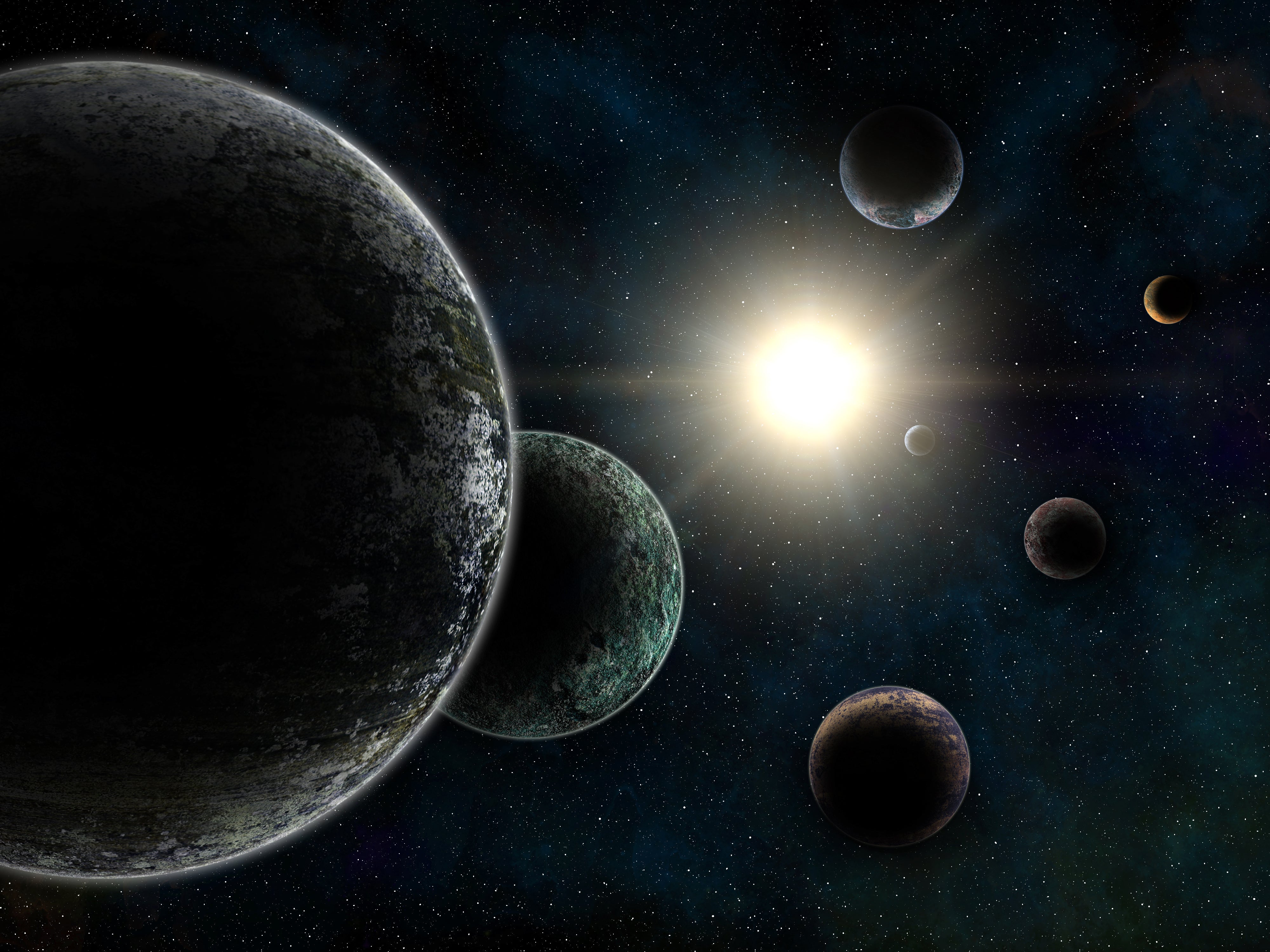Scientists have now discovered more than 5,000 exoplanets
The latest batch of 65 exoplanet discoveries took the Nasa Exoplanet Archive tally of distant worlds to more than 5,000. Less than 1,000 such worlds were known in 2009.

More than 5,000 worlds, 5,005 to be exact. That’s the latest official tally of confirmed exoplanets: other worlds orbiting distant suns.
Earth-like worlds, Jupiter-like worlds, and worlds so bizarre and nightmarish they defy imagination, their wide variety and number confirmation that planets are a common feature of the cosmos, not a rarity — scientists believe our galaxy could host hundreds of billions of exoplanets in total. Some of those billions of worlds could host life.
The count of confirmed exoplanets hit the 5,000 mark on Monday, as the latest batch of 65 exoplanets was added to the NASA Exoplanet Archive.
“It’s not just a number,” Jessie Christiansen, science lead for the Exoplanet Archive and a scientist with the NASA Exoplanet Science Institute at Caltech said in a statement. “Each one of them is a new world, a brand-new planet. I get excited about every one because we don’t know anything about them.”
The first confirmed exoplanets were discovered in 1992 in a place they shouldn’t be — orbiting a type of neutron star, the condensed remnant of a collapsed giant star, pulsing with powerful flashes of radiation. One of the astronomers who made the discovery, Alexander Wolszczan, now a professor at Pennsylvania State University, recognized immediately that such a discovery implied more exoplanets awaited discovery.
“If you can find planets around a neutron star, planets have to be basically everywhere,” Wolszczan said in a statement. “The planet production process has to be very robust.”
Dr Wolszczan’s discovery, and other early exoplanet discoveries, were made by astronomers watching distant stars for the tell-tail “wobble” caused by the gravity of orbiting planets.
But exoplanet discovery really took off with the advent of the transit method, where astronomers use space telescopes to watch the brightness of stars over time hoping to measure dips in their brightness due to orbiting planets passing in front of the star. This was the exoplanet hunting method used by Nasa’s now retired Kepler space telescope, which discovered more than 2,600 exoplanets between its launch in 2009 and retirement in 2018.
At the time of Kepler’s launch, less than 1,000 exoplanets were known to scientists.
The 5,000 exoplanets in the archive as of Monday will likely continue to swell at an increasing rate as astronomers use newer tools and methods for discovering these distant worlds, and probing their secrets.
Nasa’s Transiting Exoplanet Survey Satellite, or Tess, has found more than 2,000 exoplanets since it was launched in 2018. Nasa’s Nancy Grace Roman Space Telescope, scheduled to launch in 2027, and the European Space Agency’s Atmospheric Remote-sensing Infrared Exoplanet Large-survey, or Ariel, launching in 2029, will discover even more worlds.
And the James Webb Space Telescope, already in space and undergoing final testing and calibration before beginning its science mission this summer, will zoom in on countless worlds discovered by other telescopes. Using its powerful optics and infrared instruments, Webb will help scientists measure and decipher the atmospheres of distant exoplanets, classifying which might be habitable by life as we know it, or might even harbor such life.
“To my thinking, it is inevitable that we’ll find some kind of life somewhere,” Dr Wolszczan said in a statement, “Most likely of some primitive kind.”
Join our commenting forum
Join thought-provoking conversations, follow other Independent readers and see their replies
Comments
Bookmark popover
Removed from bookmarks